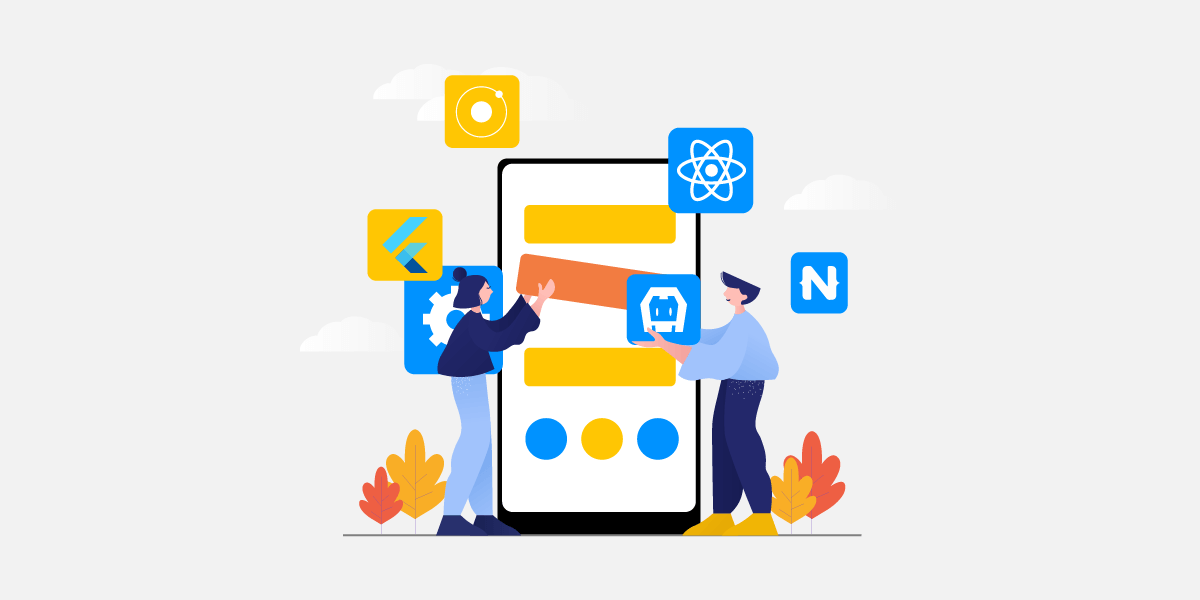Blog Details

What is Hybrid app Development ?
Hybrid app development involves creating applications that can run on multiple platforms, such as iOS, Android, and web browsers, using a single codebase. It combines elements of both native and web applications, offering a balance between cross-platform compatibility and native performance. Hybrid apps are typically built using web technologies like HTML, CSS, and JavaScript, and they utilize frameworks such as React Native or Ionic to achieve a native-like user experience while simplifying the development process for multiple platforms.
How Does Hybrid App Development Works ?
-
Single Codebase: Developers write the application code using web technologies such as HTML, CSS, and JavaScript. This codebase serves as the foundation for the hybrid app and is shared across different platforms.
-
Framework Utilization: Hybrid app frameworks, such as React Native, Ionic, or Xamarin, are often employed to streamline the development process. These frameworks provide tools and libraries that allow developers to access native features and APIs while using a single codebase.
-
Web View Component: The core of a hybrid app is a web view component, which acts as a container for rendering web content within the app. This component is essentially a simplified web browser that interprets and displays the HTML, CSS, and JavaScript code of the application.
-
Access to Native Features: Hybrid apps can access native device features, such as the camera, GPS, and contacts, through plugins or APIs provided by the hybrid framework. This allows developers to incorporate native functionalities into the app without having to write platform-specific code.
-
Cross-Platform Compatibility: Once the app is developed, it can be deployed on multiple platforms like iOS and Android, reducing the need for separate codebases for each operating system. This cross-platform compatibility is one of the key advantages of hybrid app development.
-
Deployment: Hybrid apps are typically distributed through app stores, just like native apps. Users can download and install the app on their devices, and the app can be updated across platforms simultaneously.
Leave a Comment
- +91 9643044561
- contact@coretechinfo.com
- Flat no 62 3rd floor, Pocket 25, Sector 24, Rohini, Delhi 110085

